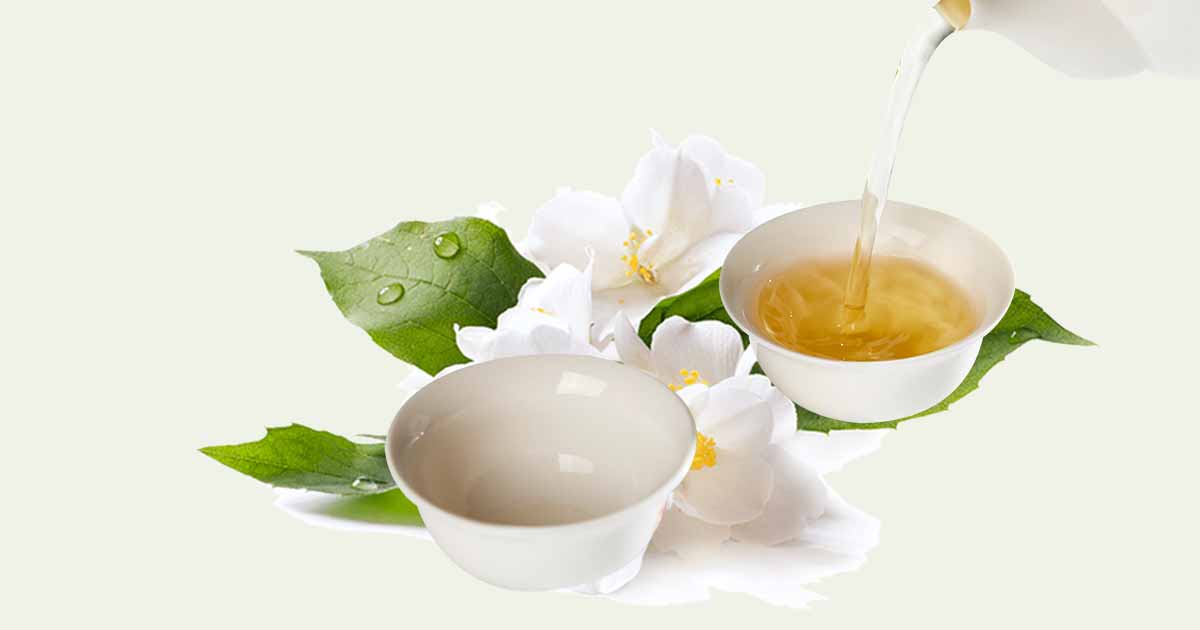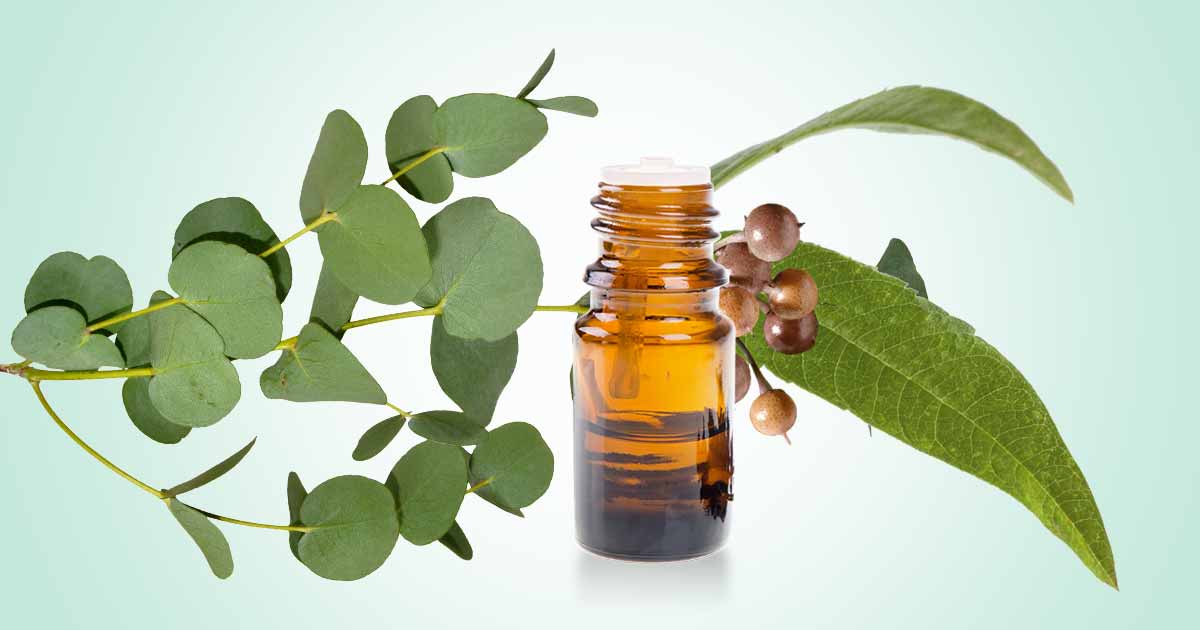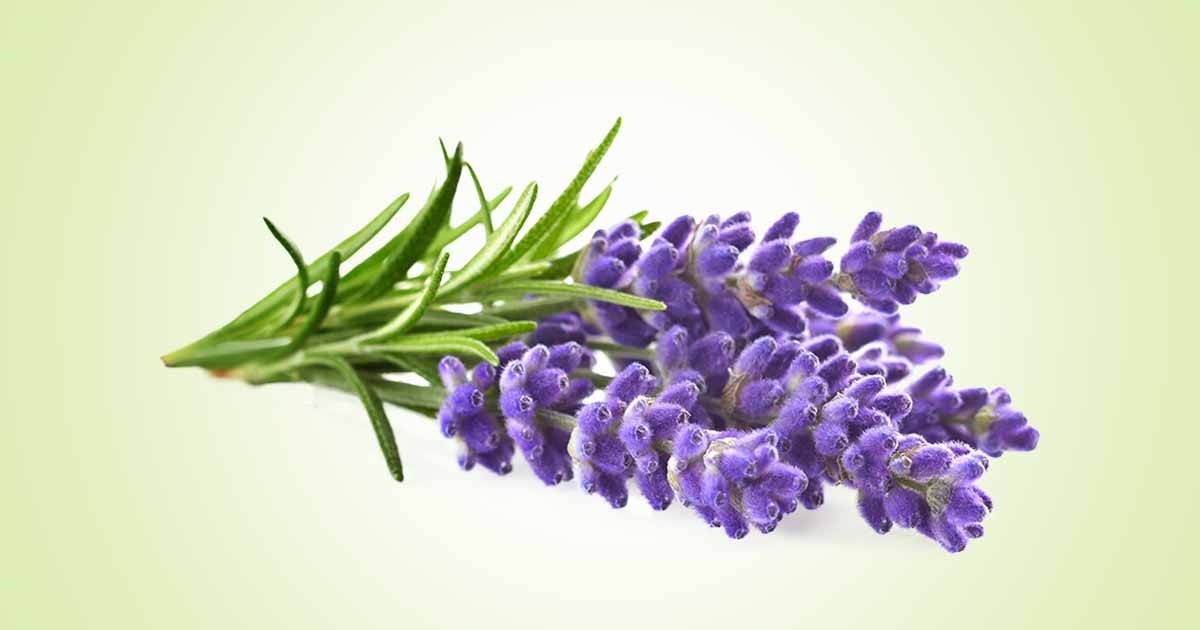Tea is a heavily consumed beverage. There are many types of tea, such as the unfermented green and white tea, partially fermented, oolong tea, and the fermented, black tea. All these teas come from the infusion of the leaves of the plant, Camellia sinensis. The level of constituents depends on the processing, the maturation, the geographical location and planting processes.
The origin of white tea is China, but the original method use to make it has changed over time. There are different white teas such as Baihao Yinzhen, Bai Mudan, Gong Mei, and Shou Mei.
White tea is one of the rarest tea, but is believed to have the highest level of phenolic compounds. It is produced from young tea leaves or buds, covered with tiny, slivery hairs. The buds are harvested once a year in the early spring. The planting process involves shielding the plant from sunlight while it is growing to prevent chlorophyll formation. Hence, the leaves have a white appearance.
After harvesting the plant, they are steamed and dried immediately to prevent oxidation, and give the plant a light, delicate taste.
Composition
Tea contains proteins, polysaccharides, amino acids, mineral and trace elements, polyphenols, lignin, organic acids, methylxanthines (caffeine, theophylline, and theobromine). The main amino acid present in tea is L-theanine (γ-glutamylethylamide).
Other essential and non-essential amino acids include valine, arginine, proline, leucine, isoleucine, tryptophan, lysine, histidine, threonine, phenylalanine.
Carbohydrates includes hemicellulose, pectins, glucose, sucrose, arabinose, and ribose.
Mineral composition include vitamin B, vitamin C, and minerals such as manganese, copper, iron, chromium, fluorine,
The flavonoids class includes flavonols, flavones, catechins, flavanones, anthocyanidins and isoflavonoids. Flavonols such as kaempferol, quercetin and myricitin are available as glycosides.
The catechins (flavan-3-ols) are very important phenolic compounds, and make up 30% of the dry weight. They include epicatechin (EC), epigallocatechin (EGC), and epigallocatechin 3-gallate (EGCG).
EGCG is the most abundant and significant catechin in the white tea. Gallic, p-coumaric and caffeic acids are other phytochemical in tea. Oxidation of the polyphenol oxidase on processing yields theaflavins, theaflavinic acids, thearubigins and proanthocyanidin polymers.
Constituents such as chlorophyll, carotenoids, lipids, and volatile compounds play a good role in the aroma of the tea.
The processing, geographical location, and planting condition may affect the composition of the flavonoids and other constituents.
White tea has more catechins and low concentration of theaflavins and thearubigins.
Between White Tea and Green Tea
White tea is said to contain more caffeine, total polyphenols, theobromine, gallic acids, catechins, EGC, ECG and EGCG than green tea. However, some studies suggest otherwise, claiming green tea has more polyphenols than white tea.
Comparison of Green Tea, White Tea and Black Tea
Preparation: White tea is not fermented, green tea is fermented for a short time, while black tea undergo long fermentation.
Taste: White tea has sweet taste, green tea has sweet bitter taste, while black tea is bitter.
Color: White tea is pale yellow, green tea is greenish or yellow, while black tea is black or reddish.
Total polyphenolic content: The white tea has more quantity of polyphenols than green tea, while black tea has the least quantity.
Caffeine content: Green tea has the highest quantity of caffeine, followed by black tea. White tea has the lowest quantity.
Health Benefits of White Tea
Antioxidants: Reactive oxygen and nitrogen species can damage the DNA, lipoproteins, lipids, structural and functional proteins. They are implicated in inflammatory diseases, cardiovascular diseases, diabetes mellitus, cancer, and neurodegenerative diseases.
Tea polyphenols, especially the catechins like the EGCG, theaflavins, and flavonol glycosides are good antioxidants that can scavenge the free radicals and reactive species preventing such diseases.
Antidiabetic property: Animal studies suggest that constituents in tea such as catechins like EGCG, and other compound like theaflavins may prevent hyperglycaemia, increase the activity of insulin and prevent damage to β-cells. β-cells make insulin, the hormone that control sugar levels in the blood.
Although the mechanism is not clear, polyphenols in tea may decrease insulin resistance and improve its sensitivity.
Protects the cardiovascular system: Oxidative damage can increase the risk of cardiovascular diseases such as hypertension, atherosclerosis, ischemic heart disease, congestive heart failure among others.
Natural polyphenols in white tea prevents oxidation of low density and very low density lipoproteins (LDL and VLDL). This prevents progression of atherosclerosis, and emergence of coronary heart disease.
Flavonol glycosides prevent myocardial infarct and stroke. Catechins lowers cholesterol absorption and improves its excretion and that of lipids.
Quercetin and L-theanine lowered blood pressure in animal studies.
Hence, white tea may prevent cardiovascular diseases by mechanisms such as antioxidant, anti-inflammatory, lipid-lowering, antithrombogenic and vasoculoprotective effect.
Prevents obesity: It has been suggested that consumption of white tea and regular exercise can help in weight loss. Catechins like EGCG in tea may stimulate hepatic lipid metabolism, thermogenesis, modulate the appetite and inhibit lipases.
In a study by Bose et al., treatment of high-fat-fed male mice with EGCG caused a decrease in body weight.
Another study, by Mahmud Aditya Rifqi et al., suggests that white tea catechins maintain body weight and improves endurance in rats.
Antimicrobial activity: The polyphenols in tea may inhibit bacteria, especially the gram-positive organisms. Studies also show that non-fermented tea are more active in antimicrobial activity than fermented tea. The total polyphenols and antioxidants also determine the activity.
EGCG and EGC in white tea prevent microbial contamination and may be used as potential preservatives due to the antioxidant property.
Also, catechins, such as EGCG, EGC, gallocatechin and gallocatechin 3-gallate, have antifungal activity against Candida albicans, Penicillium chrysogenum and Saccharomyces cerevisiae
Anticancer effect: Tea polyphenols may prevent cancer by decreasing DNA damage and progression of cancer. EGCG, the major constituent, has anti-mutagenic and anti-inflammatory action.
The catechins prevent reactive oxygen species, inhibits angiogenesis, and induce apoptosis. White tea may protect against lung cancer, and protect the skin from damage due to ultraviolet light rays.
Prevents neurodegenerative diseases: Neurodegenerative diseases such as Alzheimer’s disease, Parkinson’s disease and ageing can result from oxidative stress and damage.
Flavonoids, catechins and flavanols may have neuroprotective effect.
L-theanine, also improved cognition, and have neuroprotective effect. It may also counteract the effect of caffeine and improves the feeling of relaxation. It lowers the level of cortisol, reducing physiological and psychological stress.
References:
- https://www.researchgate.net/publication/235995355_White_Tea_Camellia_Sinensis_L_Antioxidant_Properties_And_Beneficial_Health_Effects
- https://www.researchgate.net/publication/346497358_White_tea_drink_Camellia_sinensis_improves_endurance_and_body_weight_maintenance_of_rats
- https://juniperpublishers.com/ctbeb/pdf/CTBEB.MS.ID.555925.pdf












